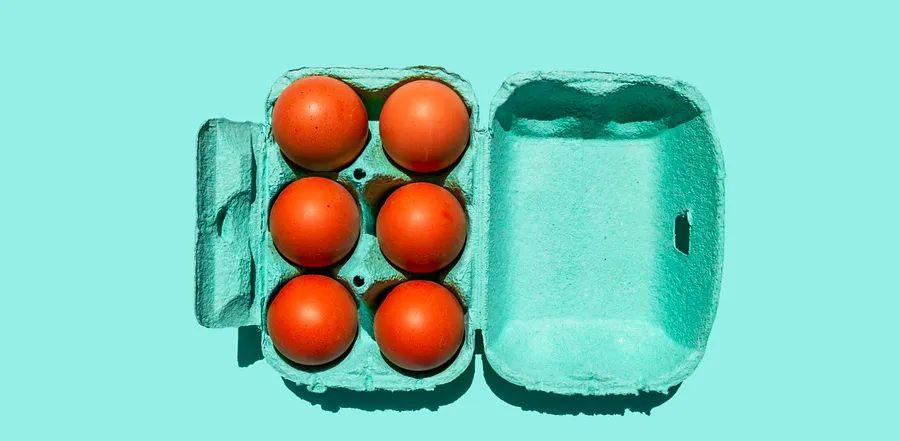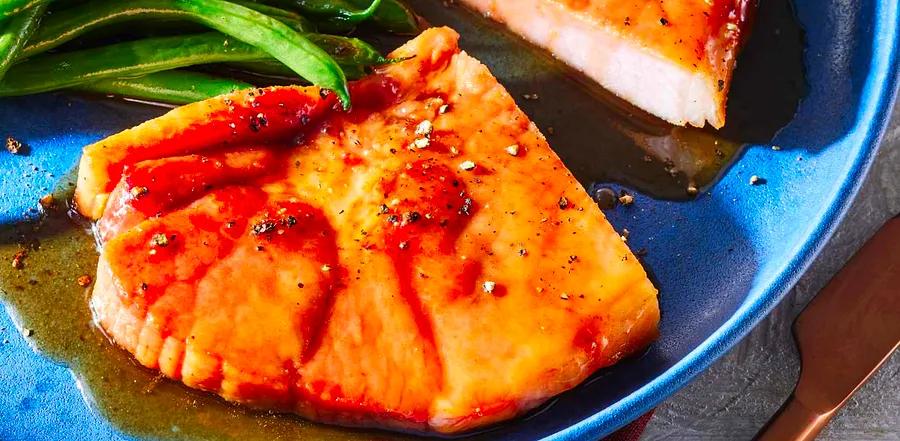The Top Egg Carton Materials, According to Experts in Food Safety

Next time you browse the egg aisle, have you ever wondered why eggs are sold in cartons made of foam, plastic, or paper? Does the material influence your choice as a shopper? We consulted a food safety specialist and a food scientist to help answer these questions.
Why the Choice of Egg Carton Material Matters
Eggs are delicate with porous shells that can allow bacteria and compounds to transfer from the carton to the egg itself, particularly if the shell cracks. To guarantee safe transport from processing plants to supermarkets and eventually to your kitchen, the materials used for egg cartons play a crucial role.
A 2018 study published in the "Journal of Food Science and Technology" compared various egg carton materials and concluded that cardboard provides superior mechanical protection compared to foam cartons. However, cardboard has a significant drawback: when exposed to moisture, like in the refrigerator, the material absorbs it, weakening the carton and reducing its protective ability.
Does One Egg Carton Material Have a Higher Risk of Bacteria Growth?
While some egg producers pasteurize their eggs before selling them to retailers, it’s important to recognize that bacteria are everywhere and can transfer to the cartons during the packaging process. For instance, salmonella enteritidis is a common bacterial contaminant found in eggs. A 2021 study published in the "Journal of Applied Poultry Research" tested 144 polystyrene foam carton samples, 142 plastic carton samples, and 143 pulp carton samples. The results revealed that six eggs in the foam cartons and two in the plastic cartons tested positive for salmonella, while none of the eggs in pulp cartons showed contamination.
The researchers concluded that the risk of salmonella transfer from cartons made of pulp, cardboard, and wood was lower compared to foam and plastic because these materials contain numerous micropores that trap bacteria and contaminants. However, the potential for bacterial transfer to the egg shell and, in turn, the egg itself remains, especially in moist or humid conditions.

Could Styrofoam Egg Cartons Be Dangerous to Your Health?
Some articles online raise concerns about styrofoam, claiming that harmful compounds like aldehydes and styrene monomer could transfer from the carton to the eggs when they come into contact. While these headlines certainly catch attention, they often provoke fear and curiosity rather than offering balanced information.
Carol Zweep, Senior Global Regulatory Manager at NSF International, sets the record straight. She explains that many of these claims stem from a 1990 research study, and since then, changes in styrene production have likely altered the types and amounts of volatile compounds in styrofoam egg cartons.
Before you rule out eggs in styrofoam or plastic cartons, know that the FDA deems all egg cartons—whether foam, plastic, or cardboard—safe for use. According to food scientist Brian Chau, cartons must follow FDA regulations to ensure safety, and pasteurized eggs are clearly labeled, as they don’t require special handling instructions.
Which Egg Cartons Are Eco-Friendly?
Food manufacturers choose egg carton materials based on factors like cost, durability, and sustainability efforts. According to Chau, "Cardboard is often preferred for its sturdiness and ability to protect eggs during transport. It's also recyclable, provided the inner egg contact remains intact and doesn't leak onto the cardboard."
There’s a growing trend towards using more eco-friendly packaging materials, as noted by Zweep. "Polystyrene isn’t recyclable, but fiber-based materials come from renewable sources and can either be recycled or composted. In fact, egg cartons are now often made from PET (Polyethylene terephthalate), a fully recyclable material," says Zweep.

Getty Images/Dinogo
The Key Takeaways
When choosing between eggs packaged in cardboard, plastic, or styrofoam, it ultimately comes down to personal preference. Regardless of the material, always practice safe food handling to minimize the risk of foodborne illness.

1

2

3

4

5
Evaluation :
5/5